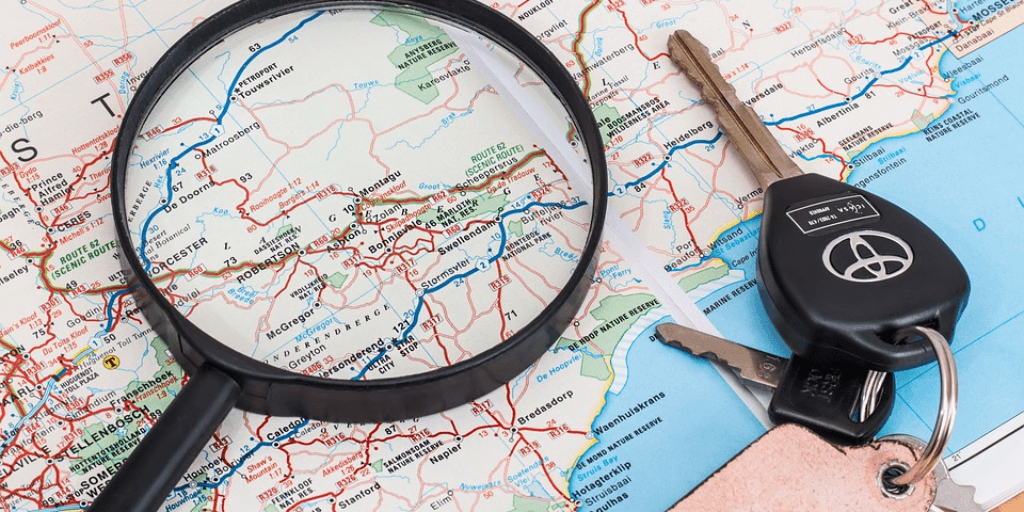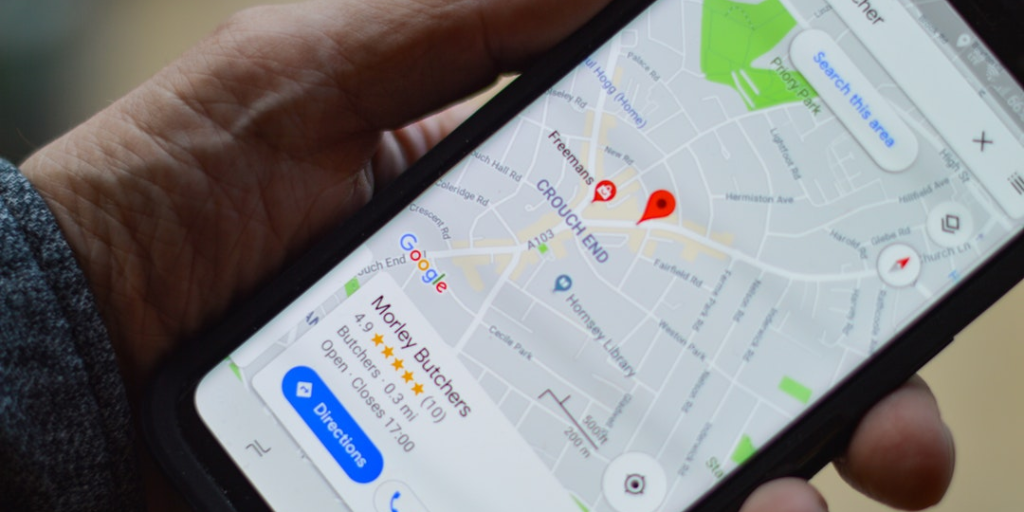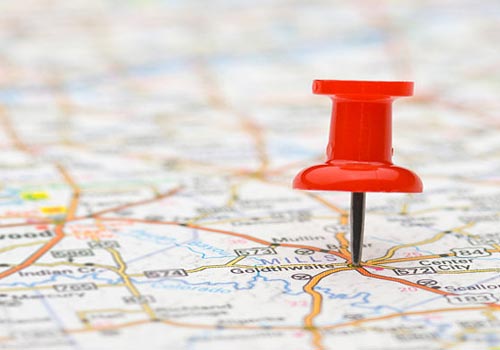Location and “near me” searches have become popular search terms for people looking for products, experiences, and/or services they need at the moment. If you are a local business owner looking to make your site rank well in certain locations—then you need to know how to create location pages that rank well.

And no—it’s never a good idea to infuse as many location keywords and “near me” terms as possible in your content. This may have worked during the earlier times of search optimization when keyword stuffing was the name of the game. Today, however, search engines are more concerned about the accuracy of search results, which is why they put more value on content quality. Old and manipulative techniques like keyword stuffing are now obsolete in favor of better practices that help improve the quality, relevance, and accuracy of searches.
Search engines now rank map packs based on many different factors, among the most important of which is having one killer, well-designed, and super organized location landing page. But the question remains: What makes a location page that ranks well?
In SEO, one of the main goals should be satisfying search intent. Logically speaking, location page optimization should satisfy the searcher’s need for location information. This means answering every possible question that a website visitor or user may have when it comes to the whereabouts of a business. A good rule of thumb to follow is to make a website’s or a business’ NAP (name, address, and phone number) details consistent across ALL channels, be it on its location page, website directory, Google My Business profile, or any other citation.
You are also missing out on important opportunities when you are not optimizing through photos and images. Location pages are critical real estate for photos as they help put a face on a business. A website’s location landing page will benefit greatly from interior as well as exterior photos. In addition to including photos of the building, outdoor signage, logos, and other distinguishing exterior features, it also pays adding interior photos of the premises to give visitors and guests a realistic view of what to expect.
It goes without saying that the photos included in a location page should be of good quality. However, images taken from high-end cameras tend to come with large file sizes along with excessive meta data within the photos, with unnecessary information like what type of device took the image. Don’t worry—there are various software applications designed to remove unnecessary metadata from images without losing image quality. Other applications can be used to add optimized metadata to images like descriptions, titles, as well as GPS coordinates. This is especially useful with images used on a Google My Business Profile.
When optimizing a business location landing page, adding an accurate description of the business location is also important. For businesses with multiple locations, it is unwise to use the same content over and over and simply swap out location names. Every location page must be unique, with unique descriptions that can help keep each page relevant. You can achieve this by providing a description of various services, products, and brands offered at each location, their unique selling proposition, nearby locations, and menu of products and/or services.
Finally, create a location landing page that has a clear call to action. A well stated call to action (CTA) is a basic marketing principle that all too many business and website owners tend to overlook. Some great examples of CTAs that work include getting directions, reserving tables, and requesting appointments as well as making a purchase. These factors should be kept in mind when creating location pages that rank well.
If you need help creating location pages that rank well, don’t hesitate to contact SEOValley. We have local and multi-location SEO experts who can assist you.





